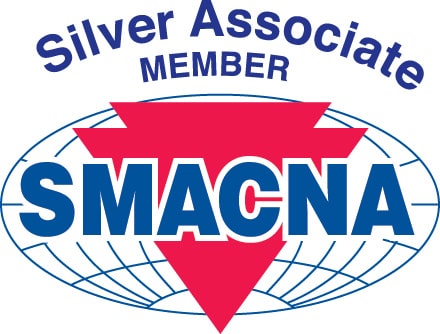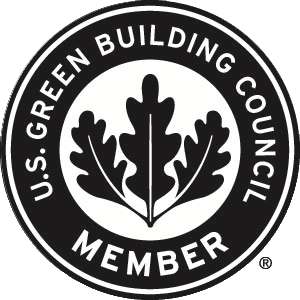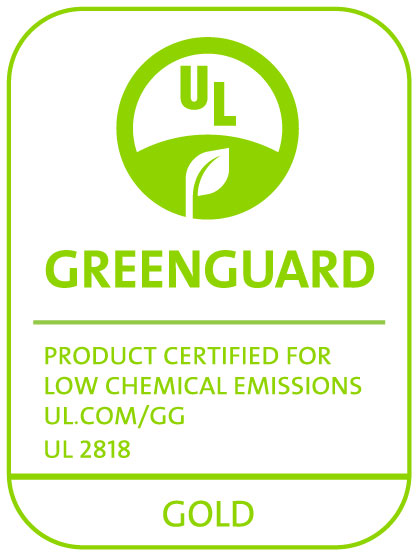Rigid calcium silicate (calsil) and phenolic pipe supports are commonly specified and installed as a component of insulated mechanical piping systems at hanger, strut, and pipe rack locations. Pipe supports…
Learn MoreThe Buy American Act (BAA) and Build America, Buy America (BABA) Act are often misunderstood and for good reason. While there are similarities with their requirements, both federal regulations are…
Learn MoreMost duct liner specifications require that duct liner be mechanically fastened (pinned) to the sheet metal duct with weld pins. Pinning, which is in addition to the application of wet-applied…
Learn MoreCompressive Strength of AEROFLEX EPDM™ Insulation
April 1, 2025
A common question that we receive about our EPDM elastomeric insulation is about its compressive strength (resistance). ASTM C165 “Standard Test Method for Measuring Compressive Properties of Thermal Insulations” is…
Learn MoreWhen pipes are exposed to freezing ambient temperatures, still fluids such as water will eventually freeze and cause system and property damage to the surrounding environment. While mechanical pipe insulation…
Learn MoreAerocoat® Insulation Coating is intended to provide UV protection to AEROFLEX EPDM™ closed-cell elastomeric insulation when installed outdoors. Aerocoat may also be installed in interior environments for decorative purposes or…
Learn MoreBrand Name Change from Aerocel® to AEROFLEX®
January 1, 2025
Aeroflex USA renamed our EPDM closed-cell elastomeric insulation brand name from Aerocel® to AEROFLEX® in February 2023. While Aerocel data sheets and packaging continue to exist in the marketplace, there…
Learn MoreRedesigned AEROFLEX EPDM™ Tube Cartons
December 2, 2024
Aeroflex USA recently announced redesigned graphics for our Standard Unslit and Self-Seal tube cartons. An important aspect of this redesign was to better communicate to our customers how to successfully…
Learn MoreHow Pipe and Duct Insulation Meets Energy Codes
November 1, 2024
There are two model energy efficiency standards for commercial buildings: American Society of Heating, Refrigerating and Air-Conditioning Engineers (ASHRAE) ANSI/ASHRAE/IES Standard 90.1 Energy Standard for Buildings Except Low-Rise Residential Buildings…
Learn MoreChemical Resistance of AEROFLEX EPDM™
October 1, 2024
Aeroflex USA manufactures the AEROFLEX® brand of EPDM (Ethylene Propylene Diene Monomer) closed cell elastomeric insulation for North America. Available in preformed tubes, sheets, and rolls, our synthetic rubber is…
Learn More










